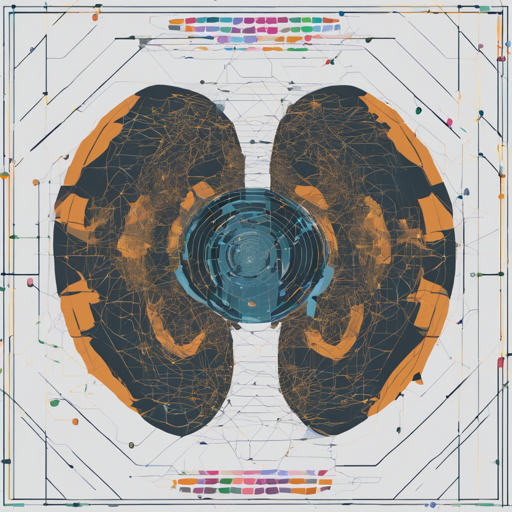Welcome to your beginner’s guide for using the innovative Qwen1.5-32B-Chat-AWQ, a state-of-the-art language model designed for text generation! This blog will walk you through the essentials of using Qwen1.5, from installation to generating text, ensuring you have a smooth and efficient experience.
Introduction
Qwen1.5 is the beta version of the Qwen2 language model, employing a transformer-based architecture and pretrained on vast datasets. This iteration boasts enhancements such as:
- Multiple model sizes (0.5B, 1.8B, 4B, 7B, 14B, 32B, and even 72B).
- Improved performance in chat applications.
- Multilingual support.
- No reliance on trust_remote_code.
- A stable context length of 32K for all models.
For details, check the blog post and the GitHub repo.
Model Details
The Qwen1.5 series includes various decoder language models in different sizes. Each size has both base and chat models. The architecture employs advanced techniques such as SwiGLU activation, attention QKV bias, and a mixture of sliding window and full attention mechanisms. Additionally, it includes a sophisticated tokenizer that supports multiple languages and coding formats.
Training Details
The models underwent extensive pretraining followed by supervised finetuning and direct preference optimization to enhance performance.
System Requirements
To work with Qwen1.5, ensure you have the latest version of the Hugging Face Transformers library. It’s recommended to use:
transformers==4.37.0
Failure to use this version may lead to errors like KeyError: qwen2.
Quickstart Guide
Now, let’s delve into the actual implementation of Qwen1.5. Below is a code snippet that illustrates how to load the tokenizer and model, followed by generating some text:
from transformers import AutoModelForCausalLM, AutoTokenizer
device = "cuda" # the device to load the model on
model = AutoModelForCausalLM.from_pretrained(
"Qwen/Qwen1.5-32B-Chat-AWQ",
torch_dtype="auto",
device_map="auto"
)
tokenizer = AutoTokenizer.from_pretrained("Qwen/Qwen1.5-32B-Chat-AWQ")
prompt = "Give me a short introduction to large language models."
messages = [
{"role": "system", "content": "You are a helpful assistant."},
{"role": "user", "content": prompt}
]
text = tokenizer.apply_chat_template(
messages,
tokenize=False,
add_generation_prompt=True
)
model_inputs = tokenizer([text], return_tensors="pt").to(device)
generated_ids = model.generate(
model_inputs.input_ids,
max_new_tokens=512
)
generated_ids = [
output_ids[len(input_ids):] for input_ids, output_ids in zip(model_inputs.input_ids, generated_ids)
]
response = tokenizer.batch_decode(generated_ids, skip_special_tokens=True)[0]
Understanding the Code: An Analogy
Think of this code snippet as a recipe for creating a gourmet meal (here, generating text). The ingredients you require are the model and tokenizer, which you’ll load into your kitchen (the computer). The prompt is your shopping list, detailing the dish you wish to create. The messages act as the cooking instructions, guiding your assistant through the process. The final output, or response, is like the delightful meal presented on your plate, ready for consumption (or display, in this case). Just as you would adjust a recipe to taste, you can tweak the parameters in the model to get the text generated just right!
Troubleshooting
If you run into issues such as code switching or unexpected generations, consider adjusting the hyper-parameters located in the generation_config.json file provided with the model. This can significantly enhance output quality.
For more insights, updates, or to collaborate on AI development projects, stay connected with fxis.ai.
At fxis.ai, we believe that such advancements are crucial for the future of AI, as they enable more comprehensive and effective solutions. Our team is continually exploring new methodologies to push the envelope in artificial intelligence, ensuring that our clients benefit from the latest technological innovations.
Conclusion
Using the Qwen1.5-32B-Chat-AWQ model is a straightforward process that allows for powerful text generation capabilities. By following this guide, you should be well on your way to leveraging one of the most advanced language models available today!

